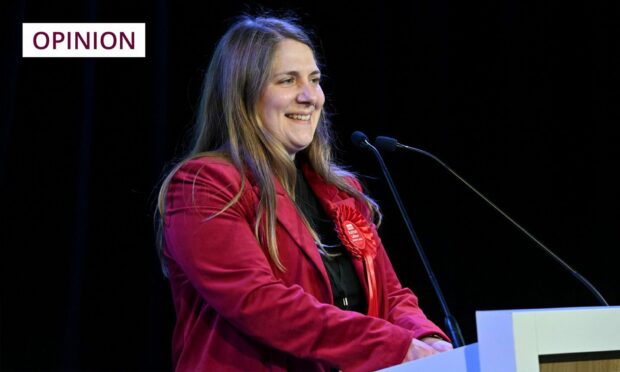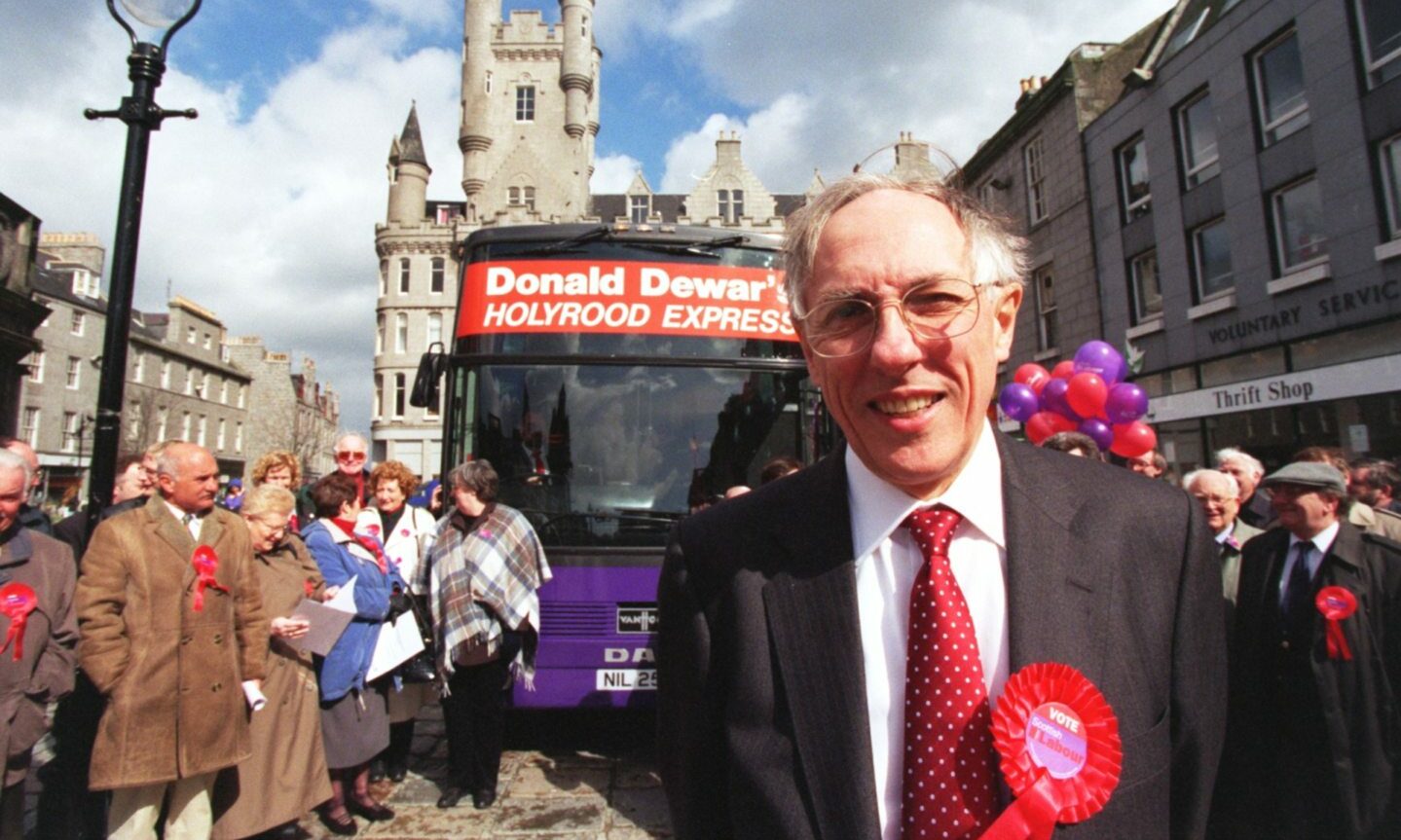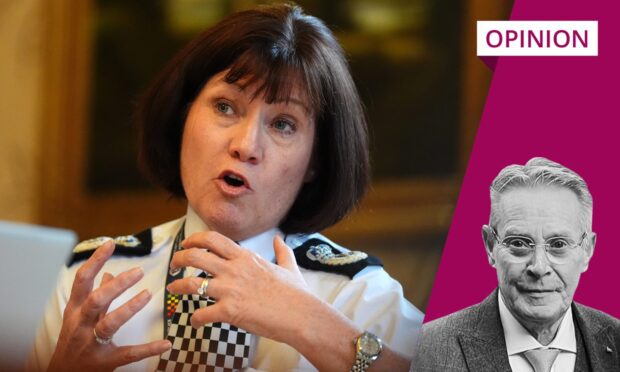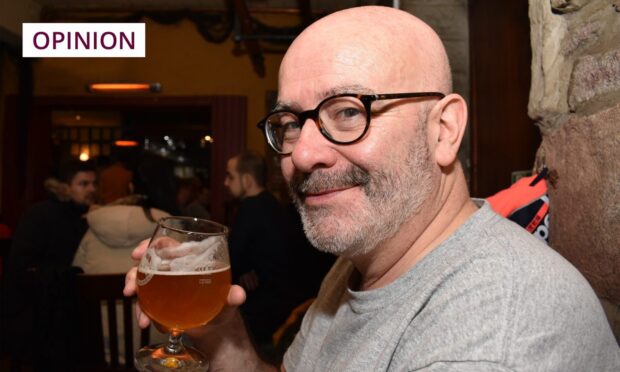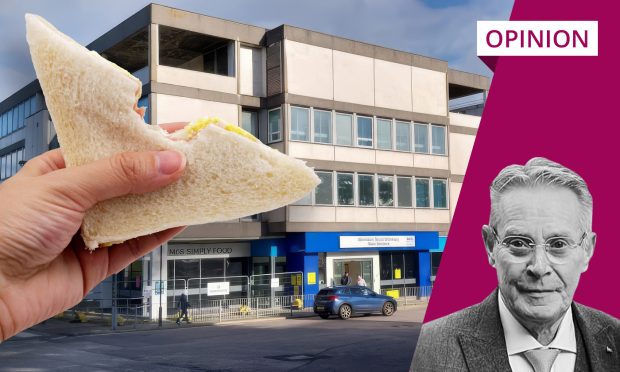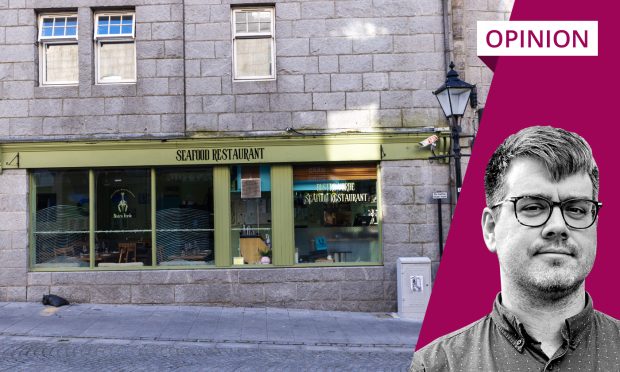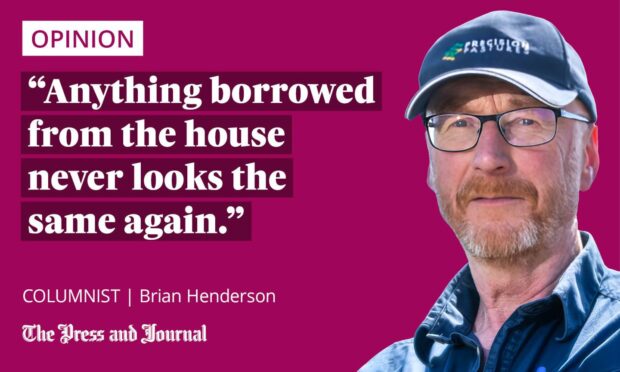This column is about land reform. But it recommends you read something else on the subject – an important paper, Land Reform for the Common Good, written by Dr Calum MacLeod.
This examines how far Scotland has come in its long quest for a fairer system of land ownership – not that far, despite significant legislation – and what more needs to be done: a lot.
Dr MacLeod is a native Gael from Harris. His paper, however, is not only relevant to rural Scotland. “In our towns and cities land lies vacant and derelict or is banked as a speculative asset for private gain rather than being put to the service of communities’ wellbeing,” he writes.
He is clear: “The creation of the Scottish Parliament in 1999 has been instrumental in both raising the political profile of land reform and ascribing to it a totemic status that tacitly acknowledges the long history of the Land Question and its imprint on the Scottish consciousness.”
He quotes former Labour First Minister Donald Dewar’s early commitment to land reform, prior to the parliament even sitting. He cites important Holyrood legislation that followed. But reflects on how little it has changed landownership.
“In 2000, prior to any of the Scottish Parliament’s land reform legislation being implemented, 0.7% of Scotland’s rural land was in community ownership. In 2021 that figure was 2.9%. That is, at best, a modest increase in what is supposed to be a core component of public policy in relation to land reform,” Dr MacLeod writes.
“In contrast, 57.1% of rural land is estimated as being under private estates ownership, underscoring the continuing hegemony of that concentrated landownership model in rural Scotland.”
Despite this “glacial pace” in diversifying ownership, the Scottish Land Commission (SLC) estimates that 139,124 hectares (1.8%) of Scotland’s rural land changed ownership in 2022 alone. Increasingly, such sales are completed without the knowledge of the local community.
‘Anyone with deep enough pockets can buy as much land as they like’
MacLeod has devoted much of his adult life to beavering away in universities and elsewhere, researching sustainable development with academic rigour. His central contention is that contemporary land reform policy is “piecemeal and disjointed, lacking both the necessary political vision and substance to deliver”. His paper argues that land reform must be recognised as a distinctive area of public policy, cutting across government portfolios, helping face the climate and biodiversity crises.
The status quo is not acceptable, he argues. “A distinctive feature of Scotland’s rural land market is that anyone with deep enough pockets can buy as much land as they like with barely any regulatory oversight.”
Many believe a Public Interest Test only being triggered in sales of over the proposed 3,000 hectares (or 7,410 acres) doesn’t go nearly far enough
The immediate focus of MacLeod and others is the forthcoming land reform bill. Amongst its proposals is a Public Interest Test (PIT) on sales of large landholdings.
Failure could prevent sales progressing. Landowners would have to pass to qualify for public money. Land management plans would be compulsory. There would be a requirement that local communities be informed of the landowner’s intention to sell, allowing a community buyout to be launched.
Landowners’ organisation Scottish Land and Estates (SLE) described the proposals as “strident”. But many believe a PIT only being triggered in sales of over the proposed 3,000 hectares (or 7,410 acres) doesn’t go nearly far enough. It would still allow significant areas of land to be bought or sold in secret.
How much land reform does Holyrood favour?
Mercedes Villalba, Labour MSP for the north-east, announced in June that she was consulting on a private member’s bill to reduce the PIT trigger to 500 hectares (1,235 acres). She called the Scottish Government’s 3,000-hectare figure “timid”.
SLE says categorising anything above 500 hectares as “large scale” doesn’t reflect the realities of farming. Yet, the SLC reports: “On average 30,000 acres of farmland (on around 85 holdings) has been marketed annually in Scotland over the last ten years” – that’s a rough estimate average of 353 acres or 142 hectares per farm, well below Villalba’s PIT trigger.
Calum MacLeod is also critical of the 3,000 hectare trigger – “a figure set so high that it threatens to stall much of the forthcoming Bill’s policy intent before it has even left the legislative starting blocks.”
It is not yet clear whether the 500 hectare rule will be adopted by Scottish Labour’s leadership. But First Minister Humza Yousaf has said he would “seriously consider” reducing the 3,000 figure and other suggestions.
Four of the five Holyrood party groupings are in favour of land reform. But how much reform do they favour?
Calum MacLeod’s paper recalls the first crofting act in 1886, which gave crofters security of tenure after decades of exploitation and eviction. Meanwhile, the Land Settlement (Scotland) Act of 1919 repeopled some cleared areas, by breaking up farms and estates into smallholdings.
He says these measures appear radical today. Yet, they are a reminder of what can be achieved “at the service of the common good if the political will exists.” MSPs should back the 500 hectare trigger, to prove such a will still exists today.
David Ross is a veteran Highland journalist, author and a supporter of Community Land Scotland
